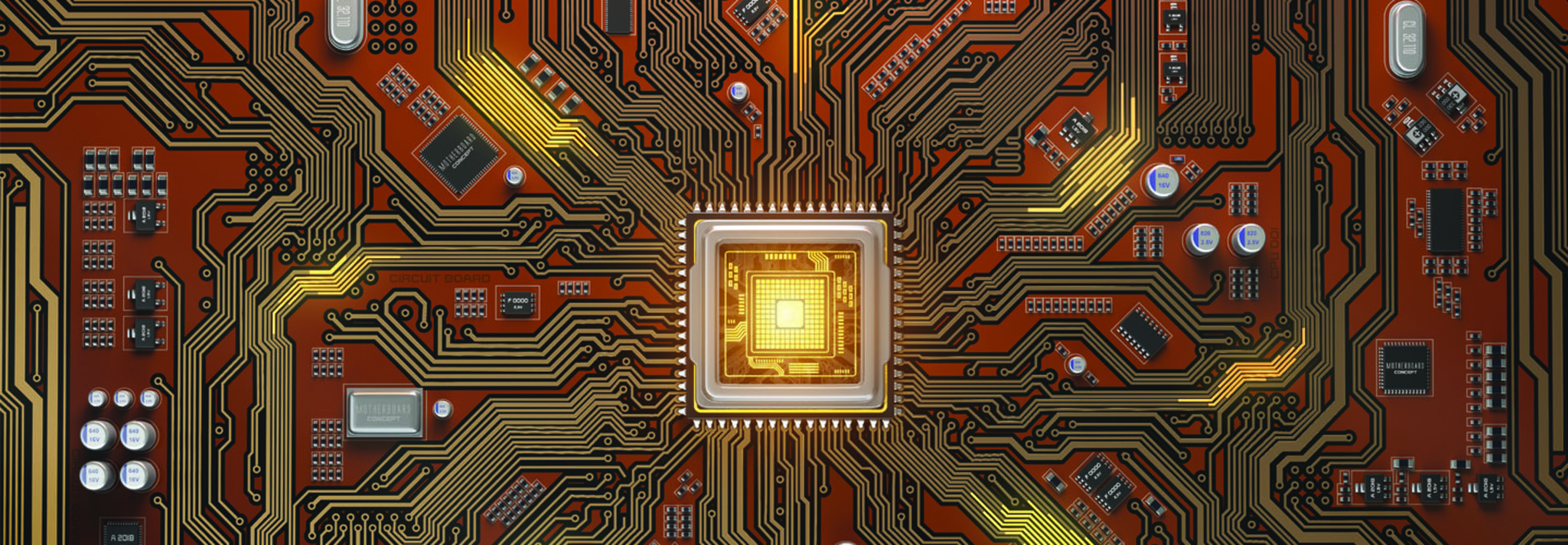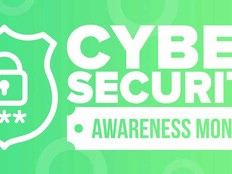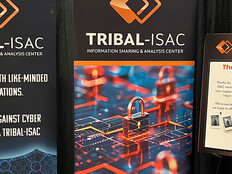‘Industry of the Future’ Remains A Decade Away
Much of the budget growth is for activities related to the National Quantum Initiative Act, signed into law in 2018. This includes the establishment of quantum consortia by the National Institute of Standards and Technology; Quantum Leap Challenge Institutes by the National Science Foundation; National Quantum Information Science Research Centers by the Department of Energy; and the coordination and strengthening of core QIS programs across multiple agencies, according to the report.
Thyagarajan Nandagopal, division director for the Division of Innovation and Technology Ecosystems at NSF, told FedTech that quantum computing has the potential to make daily government processes more efficient.
“A data set that takes days or months to churn through could give us answers in just a couple of seconds,” said Nandagopal. “That means you can make a sound policy decision based on that data much more quickly.”
Barbara Helland, associate director of the Department of Energy’s Office of Science’s Advanced Scientific Computing Research program, described QIS as the “industry of the future” in 2019. It promised to “yield revolutionary new approaches to computing, sensing, communication, data security and metrology, as well as our understanding of the universe,” she told the Advanced Scientific Computing Advisory Committee.
More recently, Helland told Nextgov that multiple fields stand to benefit from this technology, including artificial intelligence, data analytics and noninvasive imaging. “Fundamental technologies like routers and transducers are a key step in developing quantum networking,” the outlet reported.
“We’re not there yet,” Helland said, adding that the U.S. is about five to 10 years away from a functioning quantum computer.
LEARN MORE: How will quantum technology affect the future of data encryption?
Funding Increases for QIS as Interest Grows
In a national security memorandum, the Biden administration maintains that “while the full range of applications of quantum computers is still unknown, it is nevertheless clear that America’s continued technological and scientific leadership will depend, at least in part, on the nation’s ability to maintain a competitive advantage in quantum computing and QIS.”
In a major move to that end, the Air Force Research Laboratory in Rome, N.Y., was named the Quantum Information Science Research Center for the U.S. Air Force and U.S. Space Force last year. It also received an additional $8 million to conduct research and development in QIS at the Innovare Advancement Center, also in Rome.
Across the Department of Defense, budget requests for quantum-related programs increased 37 percent between fiscal years 2020 and 2022. Still, while there are benefits to quantum technology, there are also risks, the Biden administration’s recent memorandum points out.
“Most notably, a quantum computer of sufficient size and sophistication — also known as a cryptanalytically relevant quantum computer (CRQC) — will be capable of breaking much of the public-key cryptography used on digital systems across the United States and around the world,” the memorandum notes.
This could ultimately jeopardize both civilian and military communications, undermine critical infrastructure’s supervisory and control systems, and defeat security protocols for most internet-based financial transactions.
DIVE DEEPER: Learn the difference between quantum and post-quantum cryptography.
Cybersecurity Risks Remain Top of Mind with QIS
A 2021 National Security Agency document on quantum computing explains that National Security Systems that carry classified or otherwise sensitive military or intelligence information rely on public key cryptography as a critical component for protecting the confidentiality, integrity and authenticity of national security information.
“Without effective mitigation, the impact of adversarial use of a quantum computer could be devastating to NSS and our nation, especially in cases where such information needs to be protected for many decades,” it notes.
The Biden administration plans to address these possibilities by maintaining U.S. leadership in QIS by continuing to invest, partner and take a balanced approach to technology promotion and protection.
It also plans to mitigate the CRQC threat “through a timely and equitable transition of the nation’s cryptographic systems to interoperable quantum resistant cryptography,” according to the memorandum.
The goal is to mitigate as much risk as possible by 2035, with a first set of technical standards for quantum-resistant cryptography to be released by 2024.











